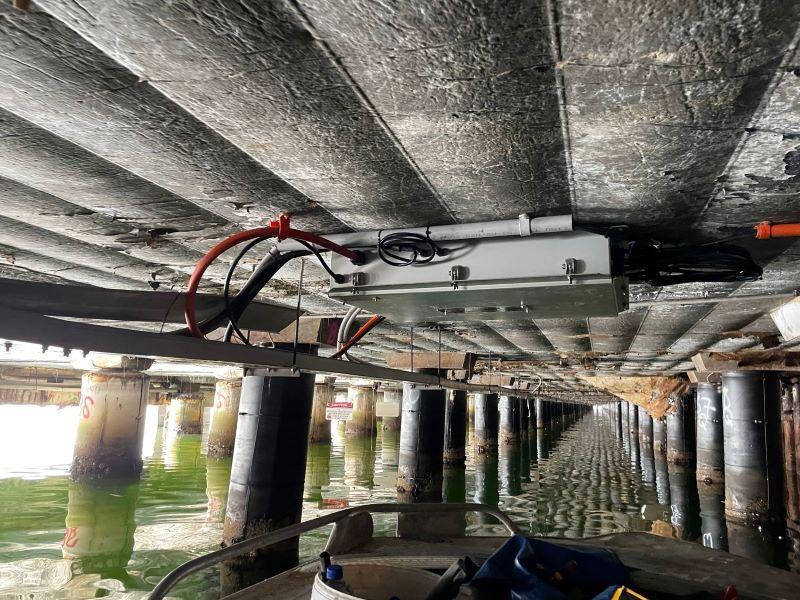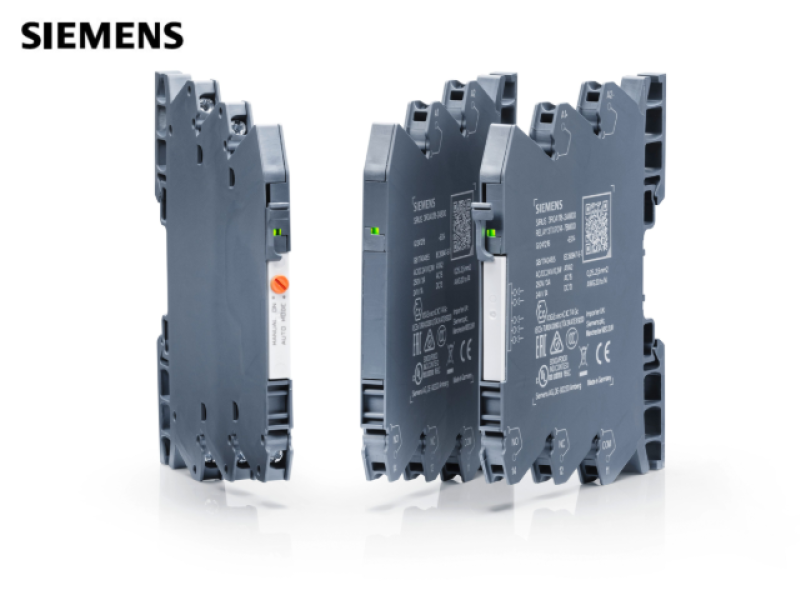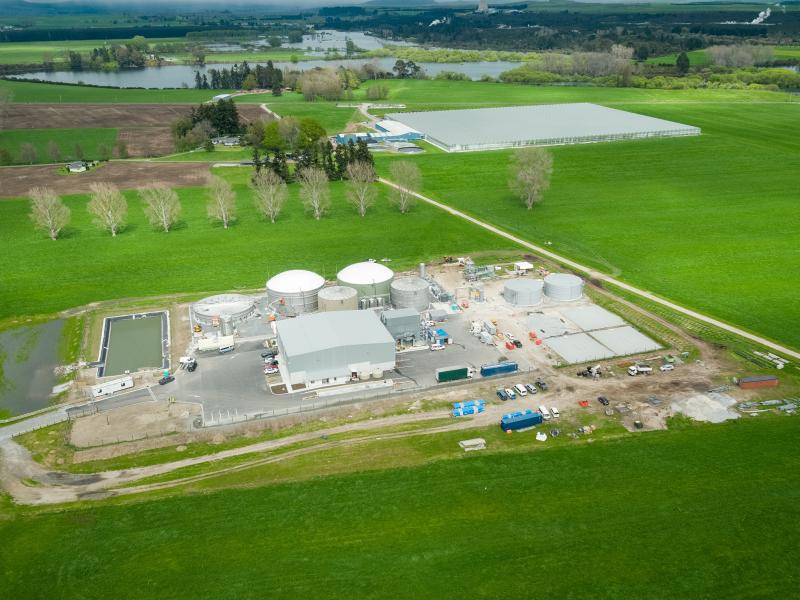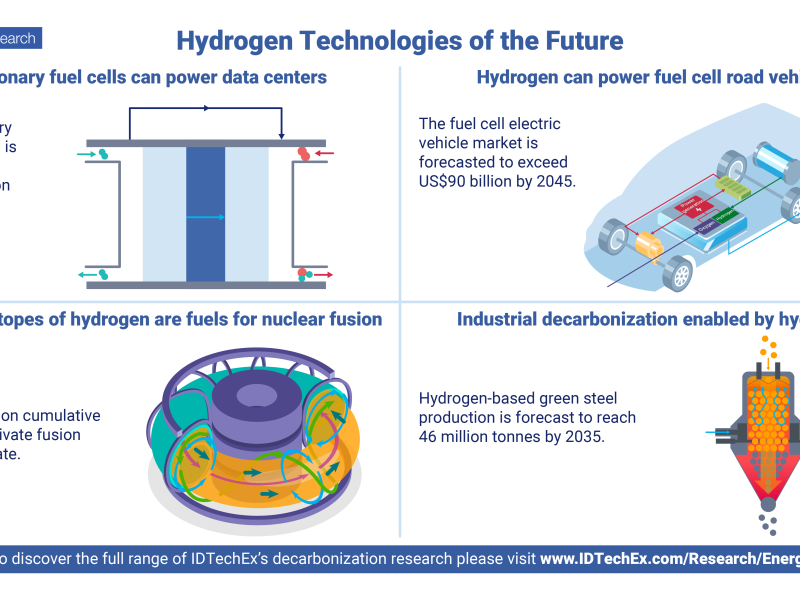Major infrastructure like wharves, bridges, pipelines and tanks are under constant threat of corrosion, which, should it take hold, will render them unsafe. Traditionally, phase control cathodic protection (CP) systems were used to safeguard infrastructure, but these come with numerous challenges such as the expense of copper cabling and the associated power loss. These become bigger problems for asset owners who must now contend with environmental, social and governance (ESG) reporting. Here David Celine, managing director of cathodic protection specialist Omniflex, explains how CP system design can support ESG commitments, while simultaneously lowering costs and improving maintenance capabilities.
At the heart of any impressed current CP (ICCP) system is a transformer rectifier unit (T/R), which supplies the necessary electrical current for ongoing protection. There are two main types of T/R that can be used to supply current for an ICCP system: phase control and switch-mode. While both technologies are hugely important to the global CP market, it is not always clear which is best to use for a specific project.
In phase control CP systems, AC power is passed through a large AC transformer and then rectified to produce a controlled DC output to the anodes. In switch-mode systems, AC power is first rectified to high voltage DC power and then much smaller high frequency transformers and rectifiers are used to create controlled DC outputs. This technique allows smaller and more efficient outputs to be created that can be more easily controlled.
Phase control systems have been the traditional go-to for CP consultants globally. However, as ESG commitments become increasingly important for asset owners, switch-mode systems are an increasingly attractive alternative, especially on concrete structures, where a larger number of small zones need to be protected.
CP system design supporting ESG
For asset owners and infrastructure managers, ESG is becoming increasingly crucial for driving sustainable and responsible operations while enhancing long-term value.
Strong ESG practices help mitigate environmental risks, such as corrosion and climate change impacts, ensure worker safety and promote transparent, data-driven decision making. Furthermore, ESG initiatives align operations with global sustainability goals, reinforcing a commitment to preserving resources and fostering resilience in critical infrastructure.
Reduction of CO2 emissions and, therefore, increasing electrical power usage efficiency, is a major factor when reporting ESG and this is an area where switch-mode CP systems excel compared with their phase control counterparts.
A phase control system running at 100 per cent capacity is, at best 80 to 85 per cent efficient. However, because of oversizing, systems never run at anything close to 100 per cent capacity. In real-world applications, phase control systems operate at a peak of 60 per cent efficiency.
Furthermore, as phase control systems rely on a single large T/R to distribute current across a whole structure, they require extensive copper cabling for use. This is both extremely expensive and causes power loss. It is not uncommon for a phase control system to lose around half its voltage in the cabling, which can further reduce the efficiency down to 30 per cent.
In contrast to this, switch-mode CP systems consistently operate at 90 per cent efficiency, even when running at 50 per cent capacity, meaning overall power consumption is dramatically reduced compared with phase control systems.
Small, compact switch-mode T/Rs also make the technology ideal for use in distributed CP systems on large structures, where locating T/Rs closer to the anodes provides significant savings in installation costs, due to reduced cabling, and lower energy costs due to reduced volt drops in the cabling.
Because switch-mode systems can use smaller T/Rs that are closer to each individual anode, the copper losses are largely eliminated. As a result, over 80 per cent of the power reaches the anodes in switch-mode systems.
When it comes to system installation, the distributed nature of switch-mode systems means that costs are greatly reduced compared with phase control systems. Also, CO2 emissions are massively reduced when using switch-mode systems and, in many cases, can be less than half of the emissions generated when installing a phase control system.
Supporting ESG with remote monitoring
Large CP systems typically feature many anodes that must be monitored and controlled and switch-mode technology allows each to be managed individually. For example, a typical concrete wharf structure could have hundreds of anodes along its length and each needs individually monitoring and adjustment over time. Relying on conventional manual system inspections and adjustment is a very costly and risk prone effort, because of the length of time required for completion, often in dangerous locations, such as under a wharf in a boat, and the expense involved in paying an qualified technician to carry out this work.
This is where a switch-mode CP system in combination with remote monitoring becomes a must. Deploying this technology for use in combination with switch-mode CP systems delivers three key advantages for port asset managers that, conveniently, align with improving ESG practices.
But remote monitoring is not only the domain of new installations. It is possible now to also retrofit legacy cathodic protection systems with remote monitoring and control.
This provides asset owners with access to real-time data on an ongoing basis including total power consumption, anode current outputs, reference electrode test data and anode health condition. By having ongoing access to this live data, engineers can quickly identify abnormalities and address any problems before they escalate, ensuring ongoing asset protection.
Next, they will incur lower maintenance costs on an ongoing basis as the need for site visits and physical inspections is drastically cut. For example, a typical CP installation with no remote monitoring will be inspected twice a year, and significant on-site time consumed taking readings, whereas the same CP system monitored remotely need only be visually inspected once a year, with far less time on site taking readings, reducing operational costs.
Finally, remote monitoring improves ongoing personnel safety. CP protected infrastructure is often located in hazardous and difficult-to-access environments and remote monitoring lessens the need for technicians to physically visit these sites, improving overall safety. By reducing on-site inspections, the risk of accidents and injuries is significantly reduced.
Omniflex’s CP systems and remote monitoring options allow asset owners and site managers to monitor ongoing system status and collect real time data, facilitating data-driven decision making across the board. They have also been designed to allow CP consultants to conduct all the required specialist cathodic protection testing remotely, and to set output currents remotely, without the need for site visits or manual inspections, cutting costs and improving asset protection.
In an increasingly ESG-conscious world, adopting a CP system design that lowers costs, power consumption and CO2 emissions while providing more data for owners and managers and improving worker safety is a no-brainer.
To find out more about Omniflex’s cathodic protection offering, read the company’s CP industry overview on its website.






